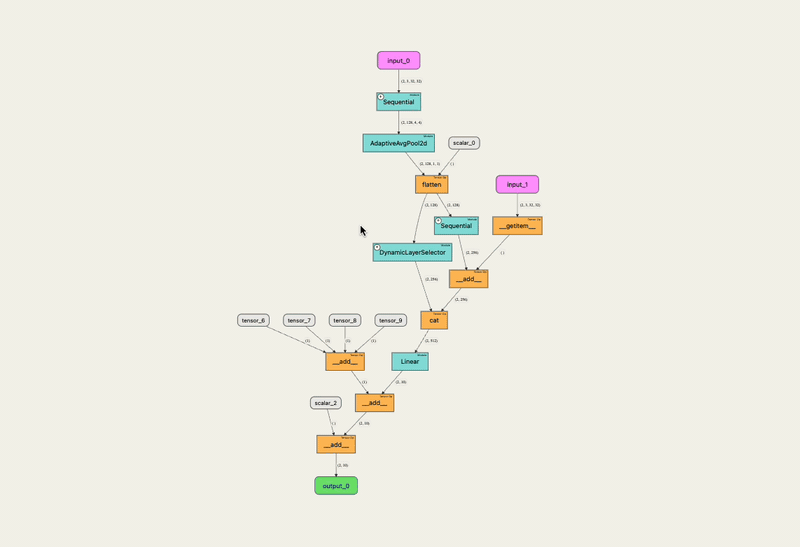Deprecation in IT plays a crucial role in the evolution of technology, guiding developers and organizations toward more efficient and secure solutions. It is a proactive measure designed to prepare users for upcoming changes, helping them transition from outdated methods and software to modern alternatives. This process not only enhances efficiency but also promotes better security practices.
What is deprecation in IT?
Deprecation in IT refers to the formal process of marking certain technologies, features, or methods as outdated and less recommended for use. While these elements may remain operational, their deprecation indicates that users should migrate to newer, more effective alternatives. Recognizing deprecated elements is essential for IT professionals and developers, as it encourages adaptation to contemporary practices and toolsets.
Understanding the concept of deprecation
At its core, deprecation serves as a warning that certain practices or technologies are no longer aligned with industry standards. This acknowledgment encourages users to reconsider their methodologies and promotes a forward-thinking approach to technology management.
Broader implications of deprecation
- In IT and beyond: Deprecation affects not just software but also programming methodologies, reshaping how industries approach technological implementation.
- Cultural shift: As industries adopt new standards, deprecation signifies evolving priorities and influences user interactions with technology over time.
Examples of deprecation in IT
Understanding how deprecation manifests in various technical fields provides insight into its significance and impact.
Deprecation in computer programming
In programming, deprecated elements serve as a notification that certain features or methods are no longer optimal. For example, HTML 4.0 deprecated various components, urging developers to transition to HTML5, which offers enhanced capabilities. Similarly, in the Java programming language, specific deprecated methods highlight the necessity for improved coding practices.
Security practices
Deprecation in security practices emphasizes the importance of evolving strategies. Outdated methods—such as “security through obscurity”—are often discouraged in favor of more robust frameworks designed with security as a primary consideration.
Software obsolescence
The phase-out of legacy software is a prime example of deprecation. Over time, older software versions may become obsolete, creating challenges for users. A notable instance is Firefox’s removal of built-in RSS feed readers, reflecting a shift in user behavior and content consumption trends, which underscores the need to keep software updated.
Best practices for managing deprecation
Effectively managing deprecation requires implementing specific best practices that facilitate smoother transitions for users.
Key considerations for deprecation
- Rationale clarity: Clearly explaining the reasons behind a feature’s deprecation helps users understand the transition to alternatives.
- Documentation importance: Comprehensive documentation detailing the deprecation process acts as a crucial resource for users, guiding them through the changes.
Timelines and user adaptation
Providing a grace period for users to adjust is vital. Allowing ample time for adaptation helps minimize disruptions in workflows and encourages a smoother transition to updated technologies and practices.
Related terms and concepts
Several terms align with the discussion of deprecation in IT and its implications, enriching the conversation around software lifecycle management:
- Capex: Capital expenditure associated with technological assets.
- Amortization of software costs: The process of gradually writing off the initial costs of software over time.
- Information asset management: The process of overseeing and optimizing the use of organizational data.
- Total cost of ownership (TCO): A financial estimate that helps customers assess direct and indirect costs of a product.
- Ghost assets and their impact: Non-active assets that still incur costs without providing value.
- Chart of accounts management: The systematic classification of all accounts used in financial reporting.
- Generally accepted accounting principles (GAAP): A framework of guidelines for financial accounting and reporting.

